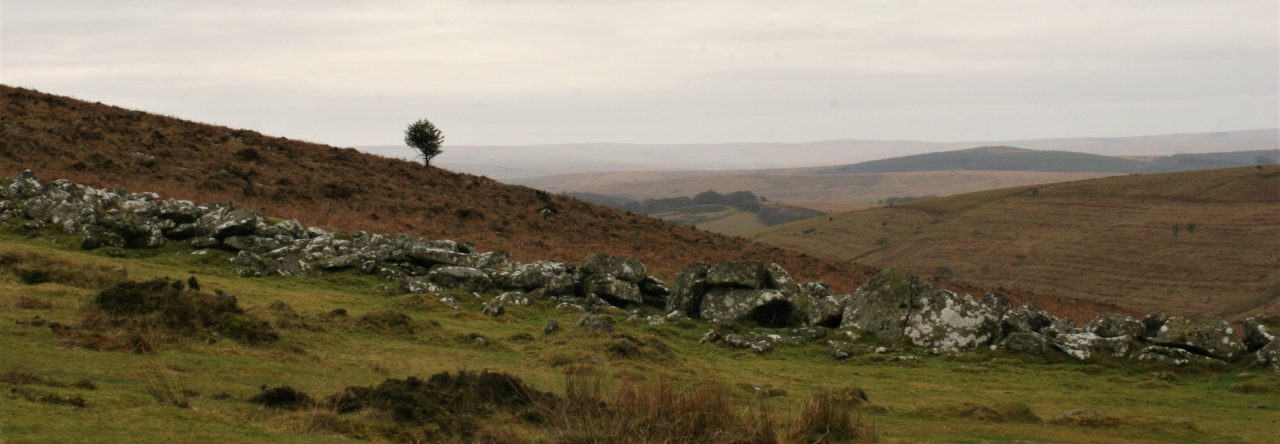

Photography in archaeology is an important part of recording archaeological data. It is important to understand how to take photographs effectively of various archaeological material from artifacts to excavation sites. Archaeological photography has a long history of development with different ideas of how we should represent archaeology (Bohrer 2011, 27-68).
There are different types of archaeological photographs depending on the object of the photograph, which includes site photography, artefact or research and heritage and interpretation photography, all of which have their own rules of how photographs are taken. The photos, that are aimed to record specific archaeological features or artifacts always include scale, can also include north arrow and a plate with site information. The area should also be clean, the photo taken at the right angle, have an even light. When taken a photo of the artifacts, the background colour is also important.
For this exercise, I have chosen to take these archaeological photographs (above) as an example. The one on the left shows a part of the wall of the King’s Manor in York (Fig. 1). The King’s Manor had several phases of building and reconstruction (RCHM, 1975). This particular section shows evidence of rebuilding as you can still see the wooden beam, and the arrangement of stones indicates the filling of a possible doorway of some sort. The photo on the right is of the same building, one of the entrances from the smaller courtyard (Fig. 2). It shows a beautiful vintage style door, although you can see from the differences in stone, it was a later addition to the building. Both pictures show a typical archaeological building photography, which includes scale, is relatively clean and tidy, is clear, in focus and at the straight angle, so it doesn’t distort the object.
These pictures could be used in any archaeological journal article, book or report about King’s Manor and aimed to the audience dealing with buildings archaeology, specifically this particular building, although could reach anyone interested in the history of King’s Manor.


As an example of a non-archaeological photograph I’ve chosen to take a few pictures of wildlife (Fig. 1, Fig. 2). They would have nothing to do with archaeology even if there was a historical building in the background. There are no rules of how to take the picture, what must be included or not. The focus of the pictures is simply the animals in their natural environment. The reason I have chosen them is because I love nature and it is a clear example of non-archaeological photograph. The audience they are aimed at is everyone who is interested in the wildlife. These pictures could be used in any journal or website about these animals, although photos of more professional style, for specific topics would be possibly preferred.
Bibliography:
An Inventory of the Historical Monuments in City of York, Volume 4, Outside the City Walls East of the Ouse (London, 1975), British History Online http://www.british-history.ac.uk/rchme/york/vol4 [accessed 7 November 2017].
Bohrer, F. N. (2011). Photography and Archaeology. London: Reaktion Books.
